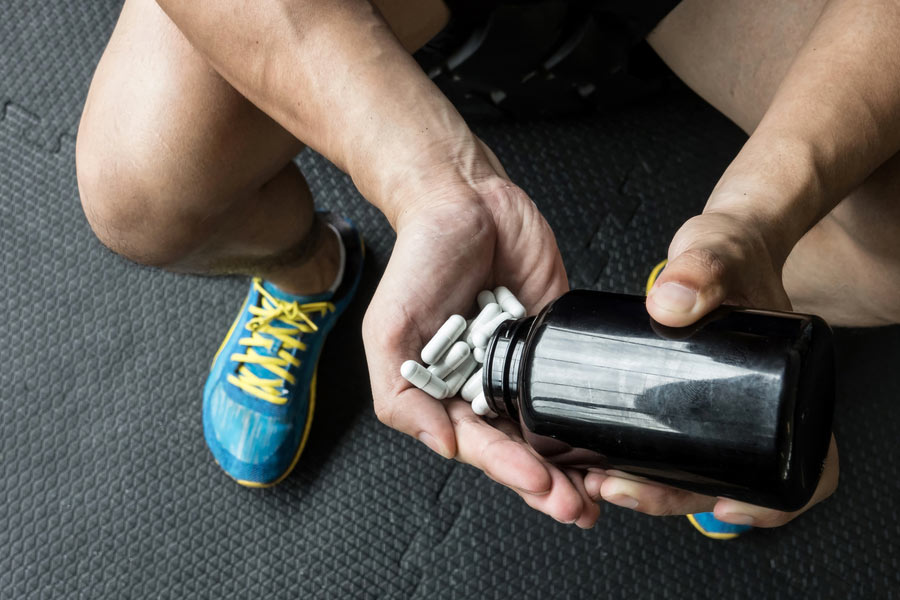Some sporting ‘achievements’ are, indeed, inglorious. In the World Anti-Doping Agency’s Adverse Analytical Findings, India has achieved the dubious distinction of having the highest number of athletes who failed drug tests in 2022. It is also the only country in the world to have recorded over 100 positive results. It is a bit of a tragicomedy really. Last year, at the Delhi State Athletics Championship, a steeplechaser crossed the finish line and kept running, fleeing dope testers who had turned up at the last moment. Such antics raise sobering questions about Khelo India, the government’s flagship project to make the country a sporting powerhouse. It is not enough to promote sports and encourage youngsters from the remotest parts of India. A robust anti-doping programme is sine qua non for achieving global sporting glory. However, the chinks in India’s sporting regulatory armour are embarrassingly large. The conduct of the National Anti-Doping Agency, the apex body for checking athletes’ compliance with the WADA Code, often falls short of the desired standards. For instance, NADA officials turned up at the Delhi event only after images of syringes littered in the bathroom at the Jawaharlal Nehru Stadium went viral.
In order to be WADA Code-compliant, athletes have to ensure that no prohibited substance enters their system. It is unfair to expect sportspersons from far-flung corners of the country to understand the WADA Code’s dos and don’ts that are rarely available in vernacular languages. Moreover, drugs such as Erythropoietin — it boosts the oxygen-carrying capacity of blood — are easily available over the counter and athletes put their health at risk because they are unaware of the side effects of such medication. But what prompts sportspersons to turn to performance-enhancing drugs? The search for glory is not the only motive. Athletes are often led astray by coaches: a stint with successful sportspersons can open the doors of private academies for such unscrupulous trainers. Parents are also complicit; sports, these days, open the doors of employment as the public and the private sectors have sport quotas. This is the flip side of incentivising sport without instituting checks and balances against unethical conduct. The long-ignored recommendations of the Justice Mudgal Commission against doping might show the way forward along with upping the ante on education and awareness programmes about doping and its many pitfalls.










